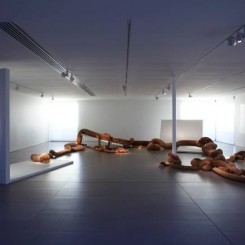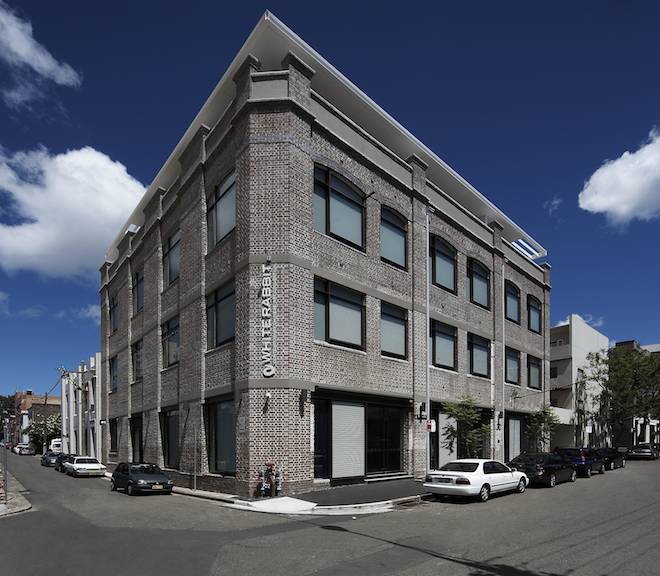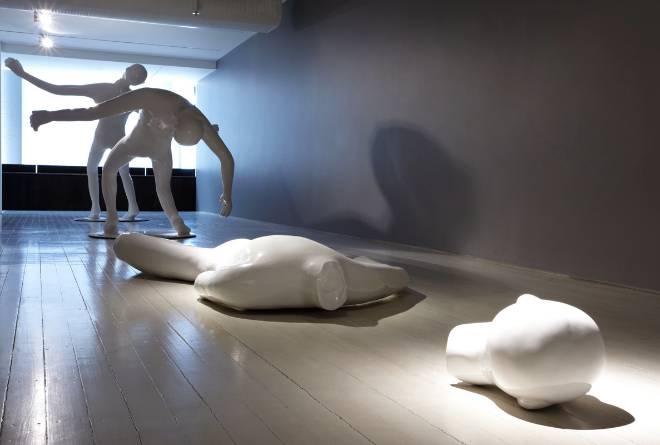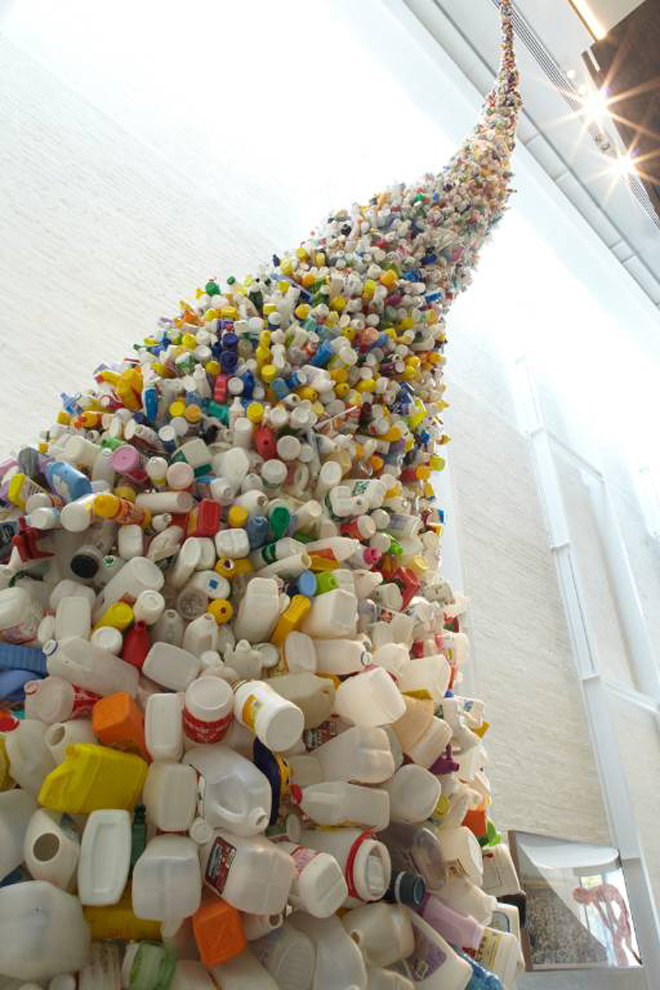In Australia, the very idea of a private art museum is considered highly unusual. Where in the United States, Europe and Asia, private museums have long been a part of the community of galleries, taking their place alongside government-funded institutions and museums, in Australia they have been a rarity. Historically, Australian private museums have tended to be centred on the remanent works of the estates of deceased artists, or the often modest holdings of collectors and/or works grouped together by eccentric outsiders with, as we would say in Australia, “more money than sense.”
But over the past decade, this situation has begun to change with the opening of a number of well-organized and well-appointed private museums, ranging from Corbet Lyon’s Lyonhousemuseum, a private house and art collection in the Melbourne suburb of Kew, to David Walsh’s recently opened Museum of Old and New Art, a $70 million purpose-built museum with a 3,000-work collection sited on the Derwent River in Hobart, Tasmania.
Somewhere in between these two poles of private engagement with the public exhibition of contemporary art lies Judith Neilson’s White Rabbit Gallery, located in the inner-city suburb of Chippendale just a few kilometres from the centre of Sydney. Nielson, the wife of the co-founder of Platinum Asset Management and handy billionaire Kerr Neilson, has spent just over ten years collecting from a very specific place and time, namely the work of contemporary Chinese artists, and art made since 2000.
Funded by the Neilson’s art foundation, the White Rabbit Gallery is located inside a converted four-story warehouse right next to what will become one of Australia’s newly minted inner-city precincts, Central Park, the rebranded site of a former brewery that will feature a building by French architect Jean Nouvel, among other things responsible for the Abu Dhabi Louvre project. In this neighbourhood, White Rabbit is the shape of things to come, not just because of its future-chic address and cool air-conditioned interiors, but because it’s no-expense-spared exhibitions set a new standard for the Australian private museum.
The curatorial brief for White Rabbit is as broad as it is inclusive. The gallery blurb states that the collection “aims to record the development of Chinese contemporary art in the 21st century,” and over the course of the three exhibitions it has staged since opening in mid-2009, the Nielsen’s collection, it is claimed, bears witness to the economically-led “upheavals” in Chinese life “that have made Chinese artists more confident and more internationally-minded than ever before.”
The latest exhibition is The Big Bang and contains work drawn from the collection, ranging from painting, sculpture and drawing through to photography, video and installation pieces. In the greater context of the gallery’s curatorial mission statement, the individual works take on iconic status, speaking for both the individual artist’s intentions but also to greater themes of contemporary Chinese life, or at least as it is perceived by the gallery director Judith Nielson.
As to how representative these artists and their work really are in a Chinese context, it is almost impossible to tell from the vantage point of Australia, since our exposure to the breadth of Chinese art practice has been limited to artists participating in international biennales such as Cao Fei (not represented in the White Rabbit collection) and Ai Weiwei (who is represented), and tending toward new media and conceptual practices. Expatriate Chinese artists now resident in Australia, such as the ceramicist-sculptor Ah Xian, and the slew of academic portraitists who dutifully seem to enter every major portrait prize in the country, such as Yi Wang, create a distorted view of Chinese art.
At any rate, White Rabbit’s exhibitions do at least offer the visitor the opportunity to experience Chinese art first hand. The Big Bang kicks off with images of environmental problems, acutely witnessed by Wang Jiuliang’s sequence of photos “Beijing Besieged by Waste” (2009), and Wang Zhiyuan’s monumentally scaled tower of plastic bottles “Thrown to the Wind” (2010) that stretches up through the gallery’s atrium. Further on through the show, the visitor encounters a range of art practices and varying degrees of engagement with overt political themes. Jing Zhiyong’s painting “Where Can I Touch?” (2009) with its air of autobiographical whimsy seems as self-regarding as any Western artist while Xiong Wenyun’s “Faces of Kongkong” – the cartoonish devil child the artist invented as a consolation for not having a real baby – is simultaneously cute yet disturbing in its displacement of grief into a candy-colored logo. In stark contrast to these autobiographical works, the artist collective Liu Dao’s mixed-media “Great Mentor (Heartbeat)” (2009) combines an image of Mao over receipts for consumer goods and an electrocardiogram line beating faintly across the image.
One of the great surprises at White Rabbit is the range of painting practices. Lin Wei’s “Yes, That’s All” (2009), with its black, grey and white lines painted in thick oils has the aura of hard-edge neo-minimalism but is, according to the gallery wall text, a commentary on the pervasiveness of television, and where these horizontals have been sourced, a kind of ready-made abstraction. By contrast Zang Xiaotao’s “Magnified Props: A Colony of Ants No. 4″ (2007) is an unmistakably droll image of two yellow condoms infested by ants, loosely painted in drippy blacks over a delicately feathered blue-green background.
One of the pleasures of White Rabbit is just how accessible much of the art is. True, there is a certain over-representation of sleek photographic works and video installations that, despite very culturally specific reference points, have that sheen of internationalism that deadens rather than enlivens so much of contemporary art. On the other hand, The Big Bang, and White Rabbit itself, has many art works that might just live up to the grand curatorial theme. Certainly, the gallery does everything it can to welcome visitors. As soon as you walk through the door, attractive gallery attendants are offering help, and as you make your way through the individual gallery spaces, education officers spring forward to offer helpful explanations of how individual art works were made and even, in one instance, provide a guided tour of a suite of photographs, the lady guide describing her interpretation of the emotions on the faces of the figures within.
Although White Rabbit and private museums in Australia are still a rarity, one has to admire the effort to extend the experience of private collections into a public sphere. And White Rabbit does it with an impressive degree of style. In the foyer, one can shop for trinkets such as tin toys and soaps while Chinese pop music plays over the PA system. Or you can take tea in the adjacent cafe and ponder the curiosities of the collection. After all, there’s nothing more Chinese than tea, is there?







